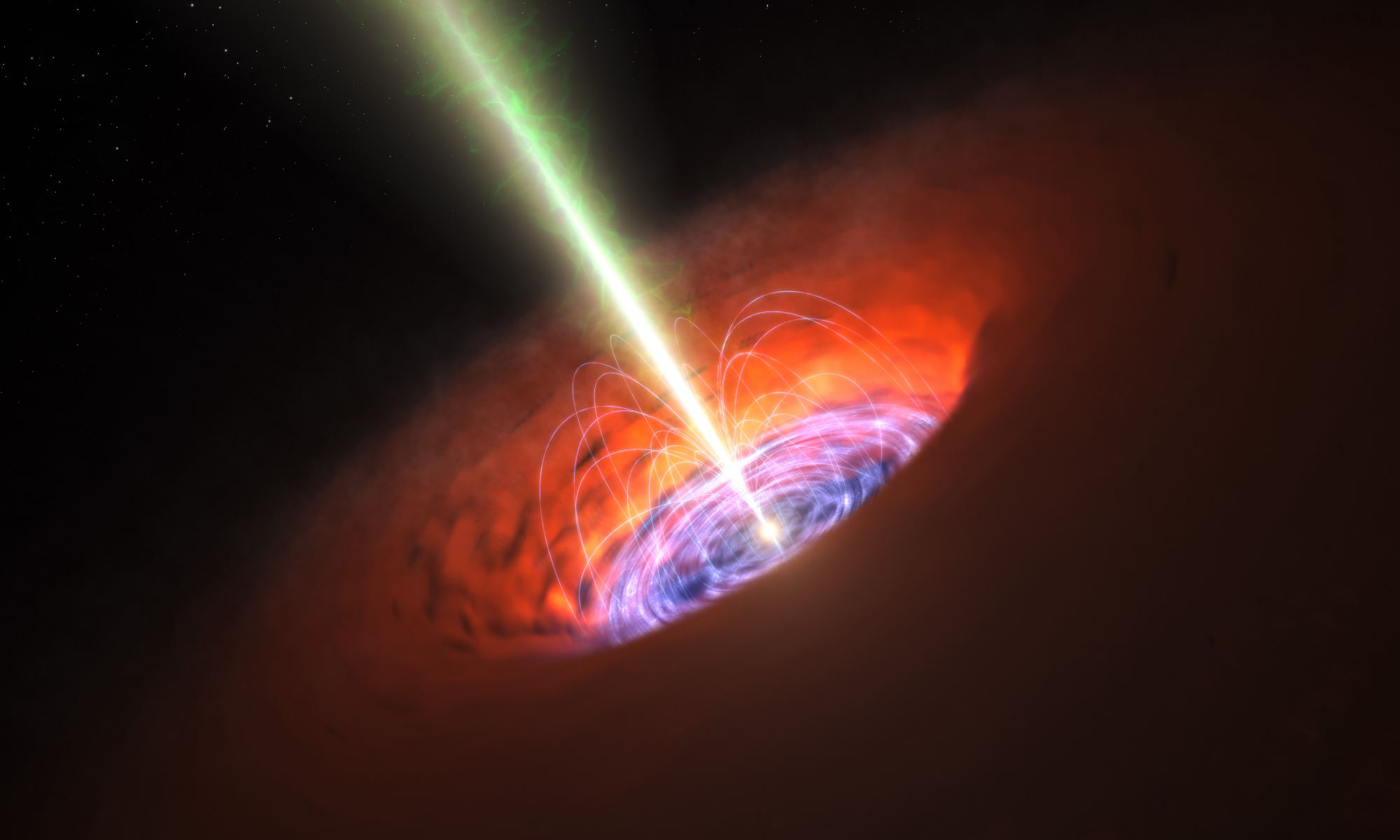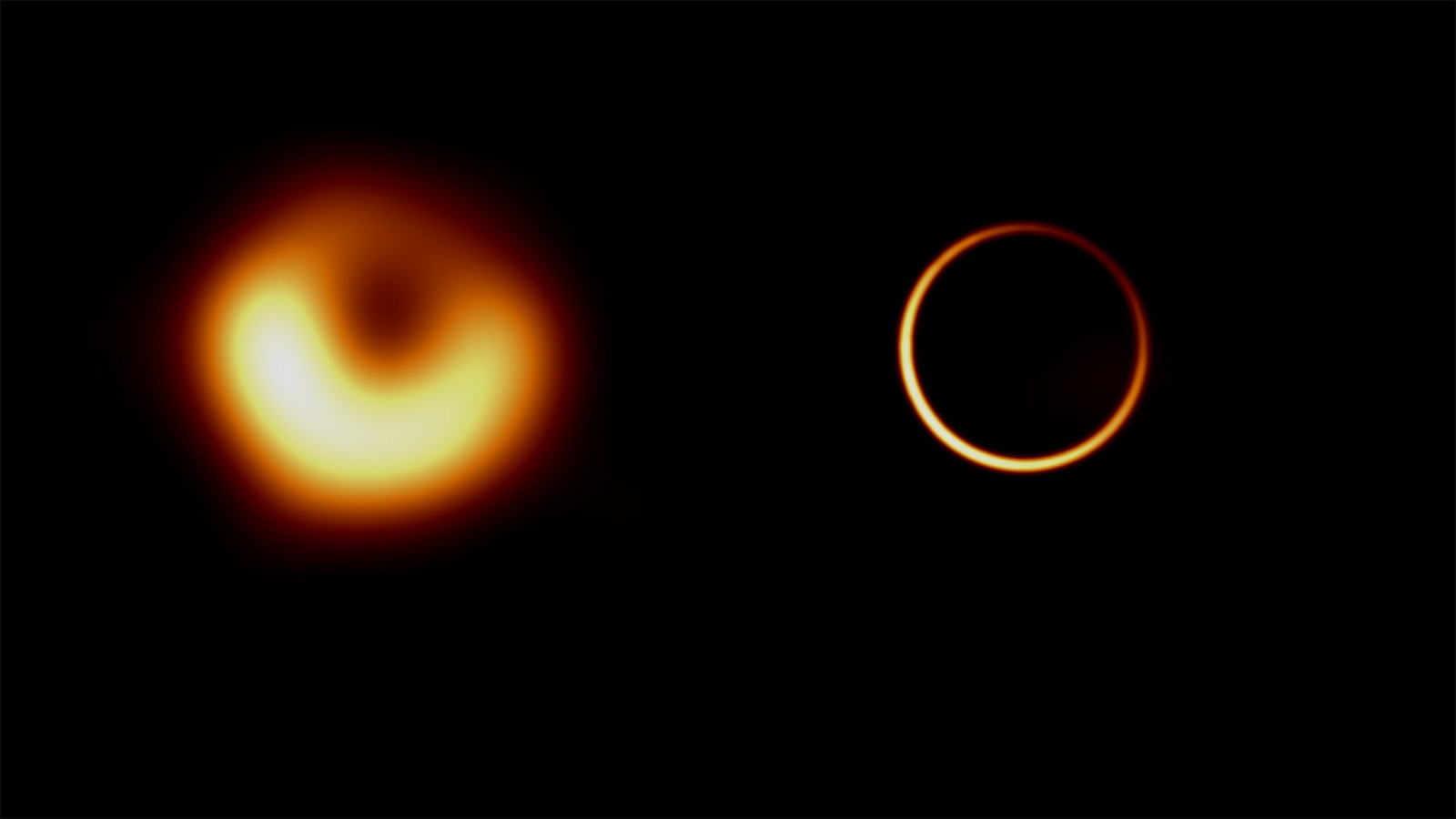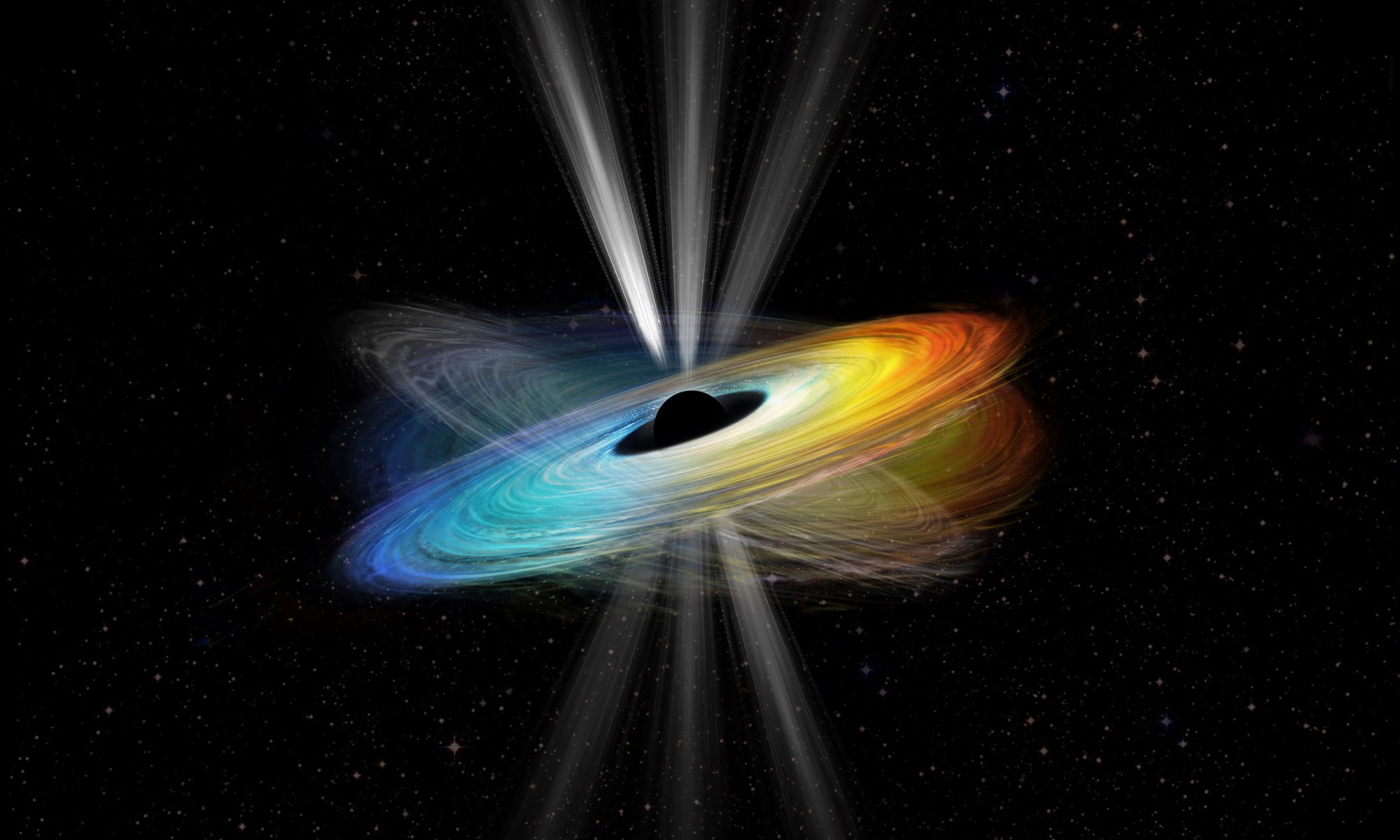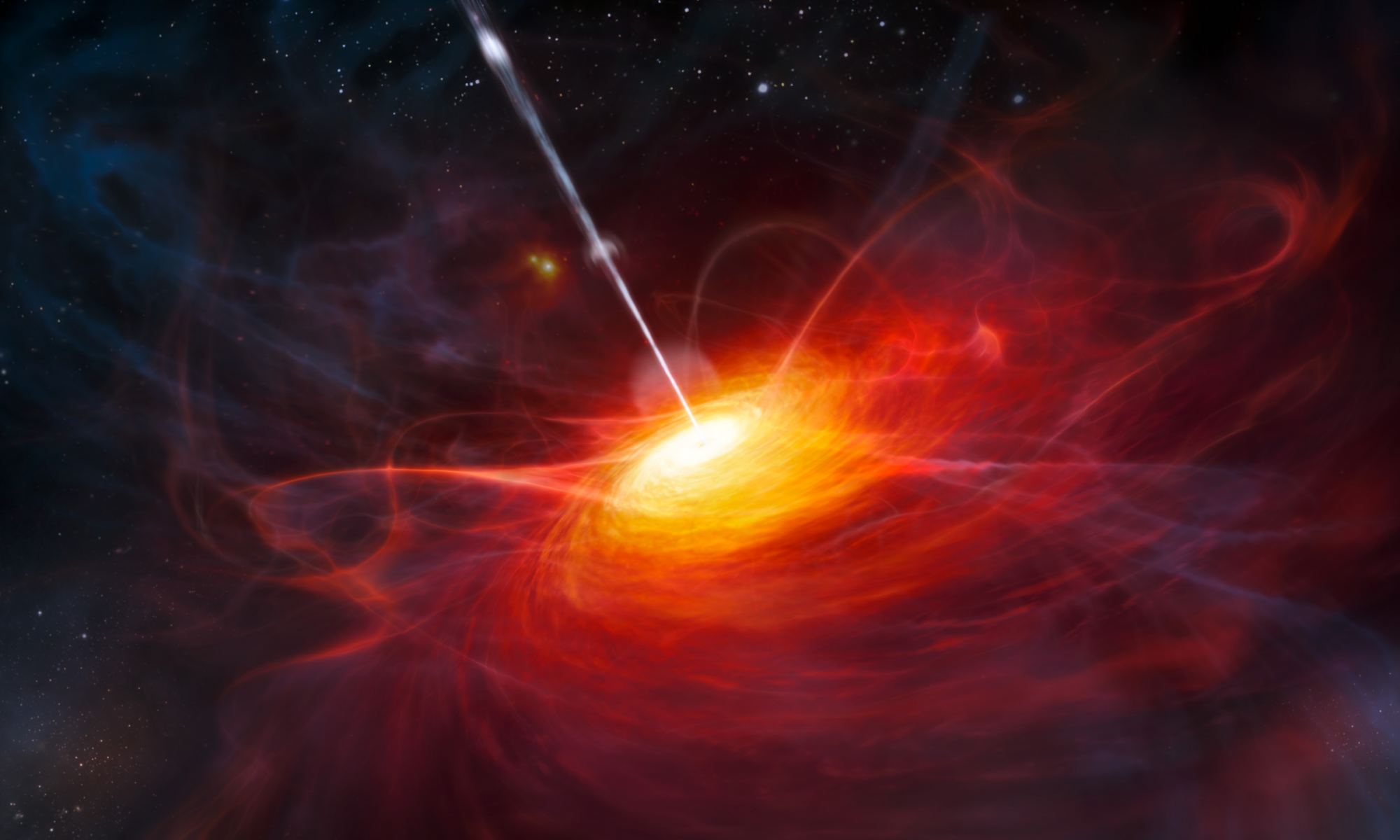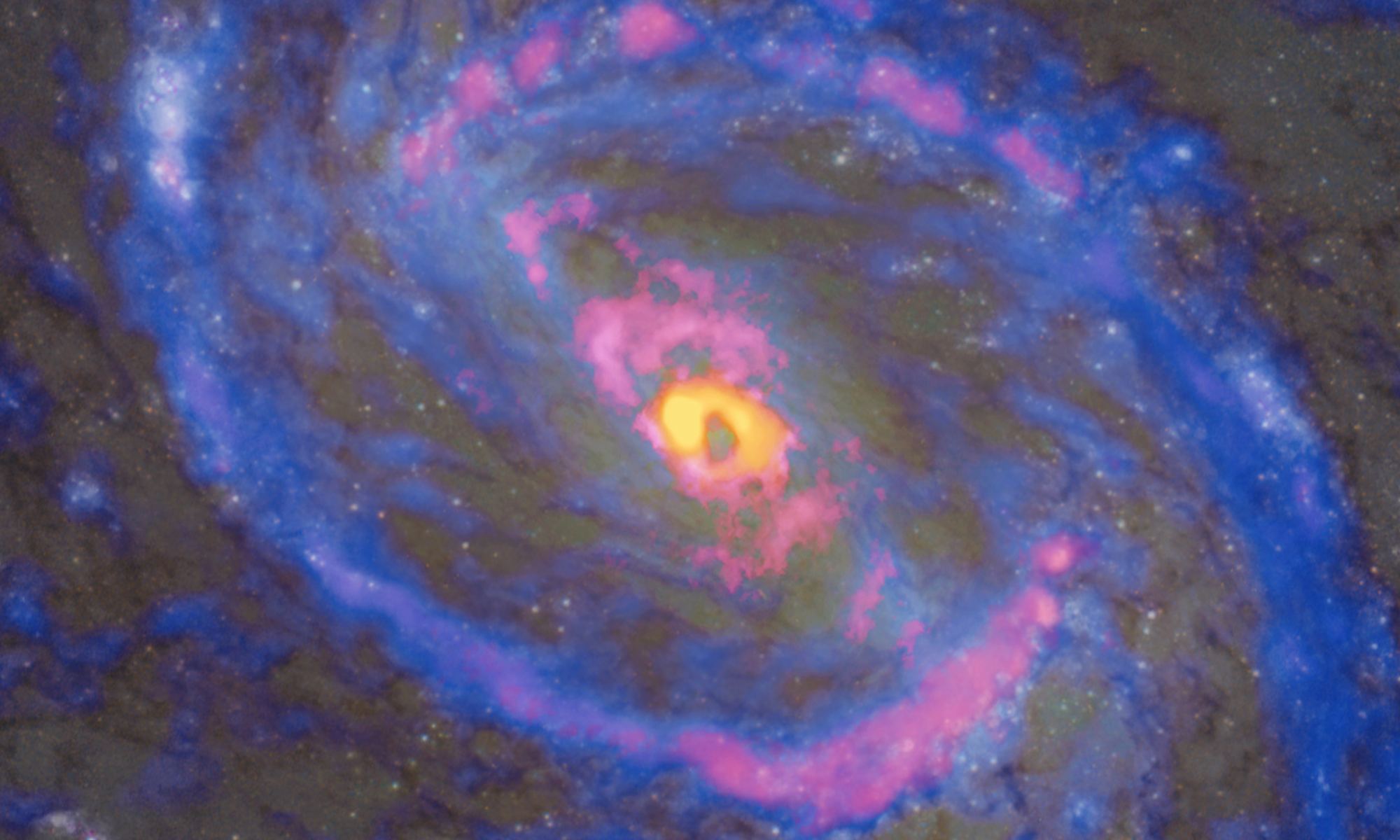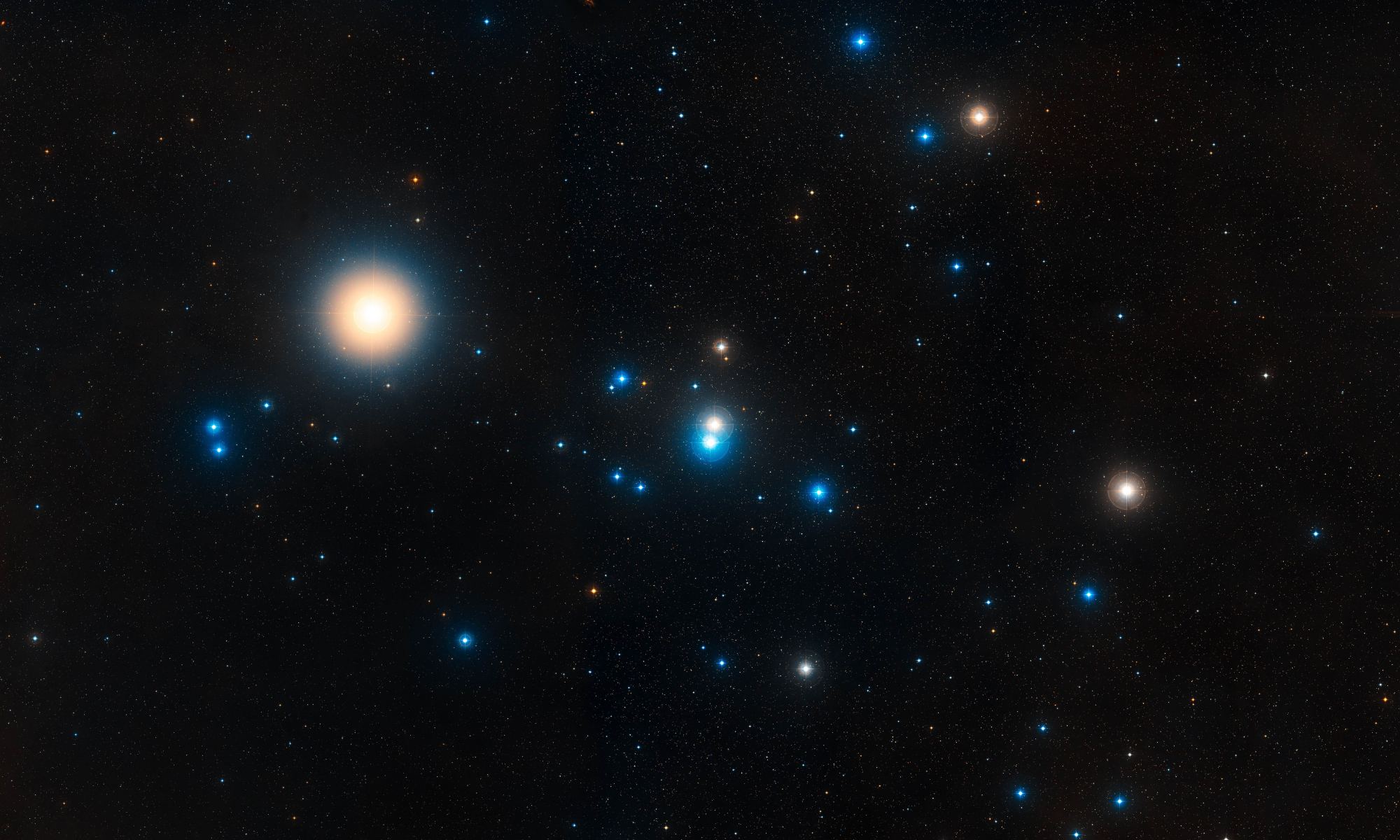Humans are born wonderers. We’re always wondering about the next valley over, the next horizon, what we’ll understand next about this vast Universe that we’re all wrapped up in.
In 2015, we finally detected our first long-awaited and long-theorized gravitational wave from the distant merger of two stellar mass black holes. But now we want to know more, and only better detectors can feed our appetite.
Continue reading “Next Generation Gravitational Wave Observatories Could Detect 100-600 Solar Mass Black Hole Mergers”


